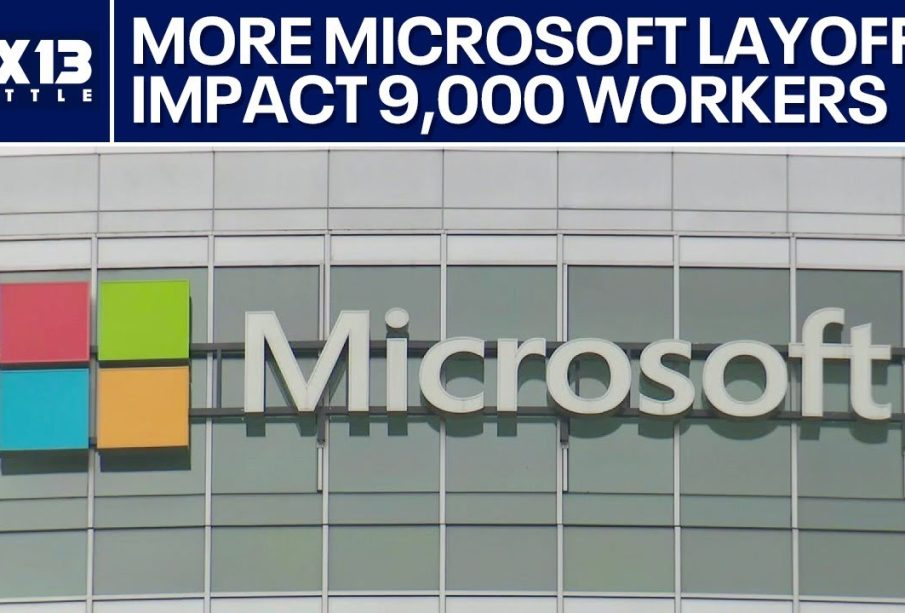Understanding Microsoft’s Recent Layoffs: Causes and Consequences

Introduction
The recent news of Microsoft layoffs has sent ripples through the tech industry, affecting thousands of employees across various divisions. As one of the largest tech companies in the world, Microsoft’s decisions often influence market trends and employment in the sector. The layoffs, considered unprecedented in scale, raise critical questions about the company’s direction, operational efficiency, and the broader economic landscape.
Details on the Layoffs
At the beginning of 2023, Microsoft announced a plan to lay off approximately 10,000 employees, which represented about 5% of its global workforce. This decision was part of a broader strategy to streamline operations and redirect resources amidst changing market conditions, particularly in response to a global economic downturn. According to CEO Satya Nadella, the company aimed to prepare for a future where growth would require a shift in focus towards artificial intelligence and cloud computing capabilities, areas that Microsoft views as integral to its long-term strategy.
The affected employees came from various departments, including engineering, marketing, and sales. The layoffs were a shock for many, as Microsoft’s workforce had seen significant growth during the pandemic, with increased demand for its software and cloud services. However, as market conditions have changed, Microsoft acknowledged that it needed to make tough decisions to ensure sustainable growth.
Key Factors Behind the Decision
Several factors played a crucial role in Microsoft’s decision to proceed with these layoffs. First and foremost, the shifting economic climate has led to reduced IT spending among many businesses. Additionally, rising inflation and interest rates have resulted in decreased consumer demand for non-essential products and shifting priorities for companies regarding technology investments.
Moreover, increased competition in the tech sector, particularly in cloud services and AI development, has compelled Microsoft to reassess its workforce and operational strategies. The push to enhance productivity and streamline costs has highlighted the need for a more agile organization, thereby necessitating workforce reductions.
Conclusion and Future Outlook
The implications of Microsoft layoffs extend beyond the immediate financial impact. They signal a transformative shift within the company as it pivots towards the future of technology, focusing more on AI and cloud services. For employees and stakeholders, the path forward may be challenging, but it also presents opportunities for roles that align with Microsoft’s strategic goals.
Industry experts forecast that companies will continue to adapt to an evolving market by evaluating their workforce needs more critically. Employees may see this as a wake-up call to reskill and adapt to stay relevant in a fast-changing tech landscape. Overall, the Microsoft layoffs underscore a pivotal moment for the company and the industry at large, prompting all players to reassess their positions in a rapidly evolving economic environment.









